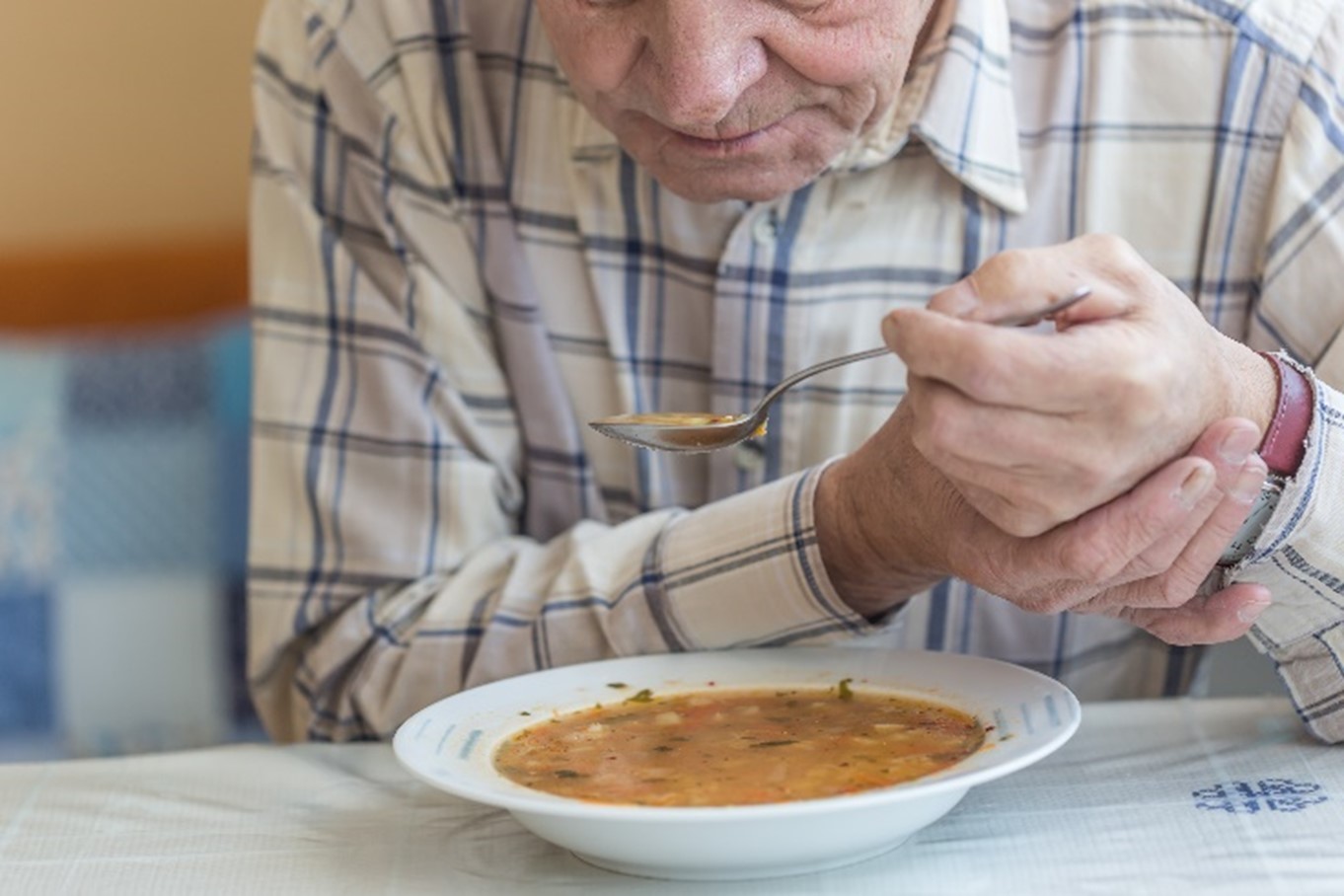Parkinson’s disease is the second most common neurodegenerative disorder that is usually found in elderly people2. Rest tremor is one of the cardinal motor symptoms of Parkinson’s disease that usually occurs in up to 70 percent of the patients3. In addition, classic pill-rolling rest tremor is characteristic of Parkinson’s disease and can help to distinguish Parkinson’s disease from other parkinsonian disorders4.
What is tremor?
Tremor is a rhythmical, involuntary, oscillatory movement of a body part that looks like a shaking movement1. Tremor is a common movement disorder in humans that most often affects the hands, legs, head, and vocal cords. Tremor can be classified according to its phenomenology into two main categories: rest tremor and action tremor. Rest tremor is defined as tremor that occurs in a body part that is completely supported against gravity and there are no voluntary muscle activations. Action tremor is defined as tremor that occurs during movement or voluntary muscle contractions. Moreover, tremor can be classified according to its etiology into two main categories: physiological tremor and pathologic tremor. Physiological tremors are asymptomatic tremors that occur in normal people and usually require no treatment. Pathological tremors are symptomatic tremors occurring as a result of underlying disorders, which probably impair patients' functions and require treatments.
Rest tremor in Parkinson’s disease
Parkinson’s disease is the second most common neurodegenerative disorder that is usually found in elderly people2. Rest tremor is one of the cardinal motor symptoms of Parkinson’s disease that usually occurs in up to 70 percent of the patients3. In addition, classic pill-rolling rest tremor is characteristic of Parkinson’s disease and can help to distinguish Parkinson’s disease from other parkinsonian disorders4.
Treatment of Tremor in Parkinson’s disease
Various treatments for Parkinson’s disease tremor are currently available, including; oral anti-parkinsonian drugs and brain surgery5. Many anti-parkinsonian medications are very effective for treating tremor and the other symptoms of Parkinson’s disease, including levodopa, dopamine agonists, anticholinergics, MAO-B inhibitors, and amantadine6. However, for patients with medically-refractory tremor, brain surgery such as deep brain stimulation also offers a good benefit for tremor control7.




